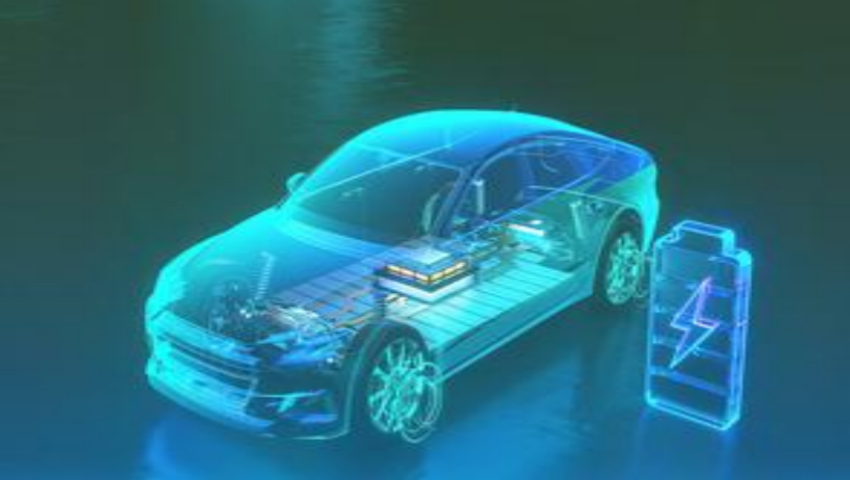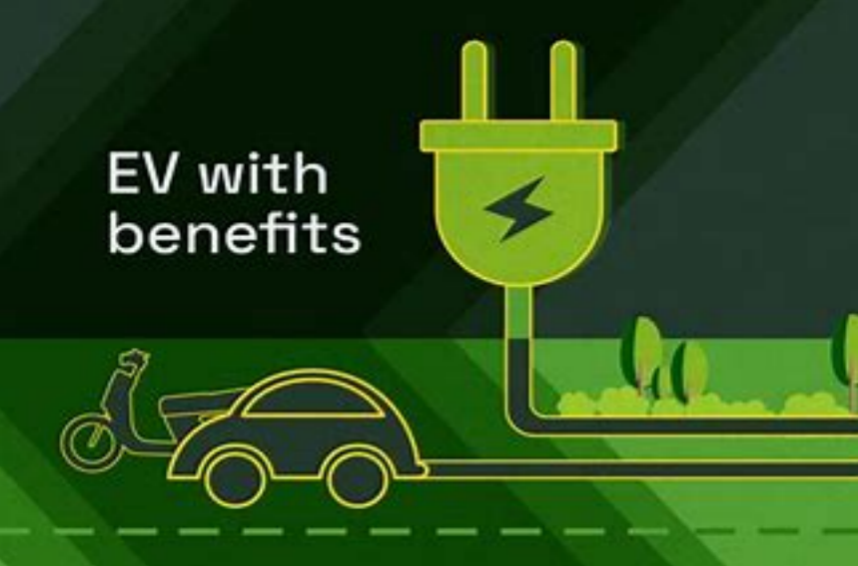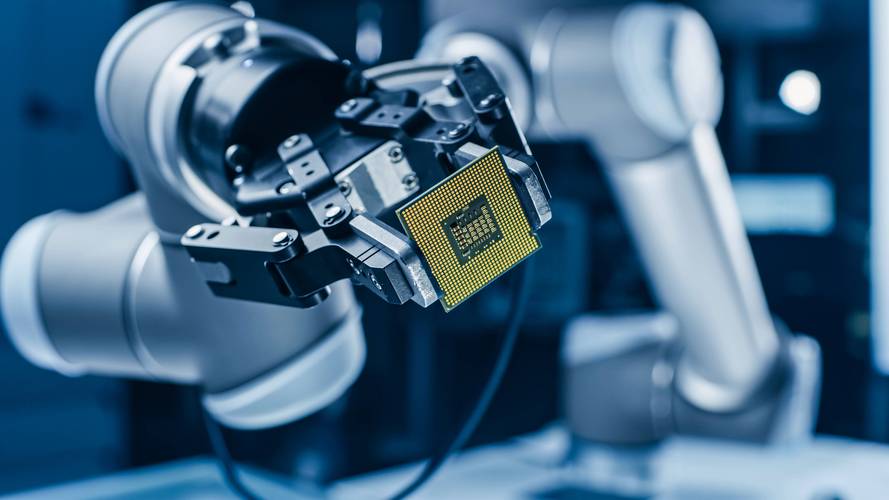EVs vs HEVs: A Tech - Driven Analysis
As the automotive world changes quickly, many people are discussing the options of electric vehicles (EVs), hybrid electric vehicles (HEVs), and conventional gasoline-powered cars. For those who can spend more, choosing a vehicle goes beyond just getting from one place to another; it’s about investing in new technology and ensuring future mobility. Let’s explore the latest technology in EVs and HEVs and see if traditional car enthusiasts may reconsider their choices.
The Breakthroughs in EV Battery Technology
A key area of progress in electric vehicles (EVs) is battery technology. Once just a lab idea, solid-state batteries are now ready to hit the market. Companies such as QuantumScape are working on these batteries that could potentially double the energy capacity of standard lithium-ion batteries. This advancement results in longer travel distances, with some early models able to achieve over 600 miles on one charge. For upscale drivers who frequently take long trips, this alleviates the well-known issue of “range anxiety.”

Additionally, there have been impressive advancements in fast-charging technology. The newest 800-volt charging systems found in Porsche and Hyundai vehicles can boost an EV’s charge from 10% to 80% in just 18 minutes. Now, high-end hotels and luxury shopping centers are adding ultra-fast chargers, weaving charging into the experience of a lavish lifestyle. These technical improvements not only enhance the convenience of EVs but also bring their refueling times closer to those of traditional gasoline vehicles.
HEVs: The Hybrid of Power and Efficiency
Hybrid electric vehicles (HEVs) bring together the advantages of both electric and gasoline-powered cars, and new advancements in technology have increased their attractiveness. Plug-in hybrid electric vehicles (PHEVs) now provide much longer ranges when operating solely on electric power. For instance, the Volvo XC90 Recharge can run 59 miles using just electricity, making it ideal for everyday city travel. These vehicles are perfect for wealthy individuals who need to make short trips during the week but want the option of longer journeys on weekends, offering convenience without constant charging interruptions.
Additionally, the introduction of sophisticated powertrain management systems in HEVs marks a significant improvement. These systems utilize artificial intelligence and machine learning to enhance how the gasoline engine and electric motor are utilized, adapting to the driving conditions in real-time. For instance, while driving on the highway, the system might favor the gasoline engine for better efficiency, but it will switch to electric mode in heavy traffic. This smart management not only boosts fuel efficiency and lowers emissions but also ensures a high-performance driving experience.
The Ecosystem Advantage of EVs and HEVs
Beyond the vehicles themselves, the domains surrounding electric vehicles (EVs) and hybrid electric vehicles (HEVs) are growing rapidly.Leading luxury car manufacturers are putting significant resources into creating charging networks. For instance, Tesla is increasing the number of its Supercharger stations, facilitating convenient long-distance journeys in many regions. Additionally, the development of vehicle-to-grid (V2G) technology enables electric vehicles (EVs) to not only receive power from the grid but also return electricity when demand is high.This feature not only provides financial benefits for the owners but also connects EVs to the energy future.

Regarding HEVs, services specifically designed for hybrids are becoming more available. Numerous car dealerships offer maintenance plans geared towards hybrid vehicles, ensuring their intricate powertrains receive the necessary upkeep. Moreover, with governments around the globe implementing stricter emissions regulations, the resale values of both EVs and HEVs are projected to remain robust. This situation makes them a more attractive long-term investment compared to traditional gasoline cars.
Challenges and Considerations
Even with the progress in technology, both electric vehicles (EVs) and hybrid electric vehicles (HEVs) encounter obstacles. Although the charging network is getting better, it isn’t as common as gas stations, particularly in less populated areas. The issue of battery wear over time continues to be worrisome, but companies are providing longer warranties to help ease concerns. In the case of HEVs, the intricate nature of the hybrid system can sometimes mean higher maintenance expenses compared to traditional cars.

To sum up, advancements in technology for EVs and HEVs are changing the car industry. For those who can spend more, these vehicles not only provide a greener alternative but also the newest automotive innovations. As technology progresses and the market develops, it’s quite possible that car enthusiasts will start to consider transitioning to electric or hybrid options.
(Writer:Galli)




